Vimar Accessories (ventilators, pumps and gate operators)
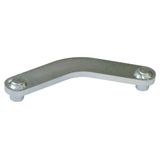
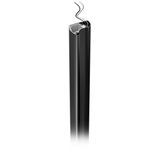
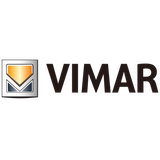
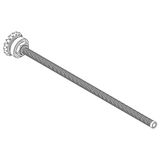
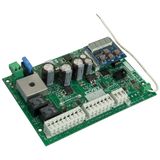
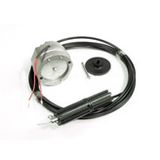



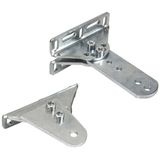















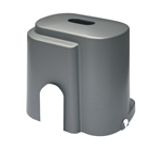
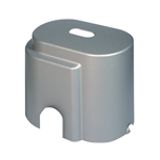
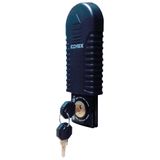
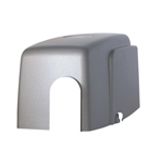
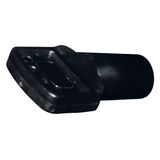
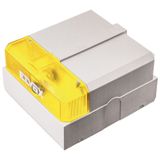


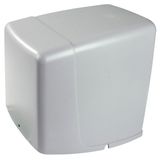
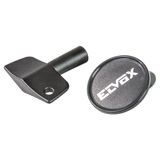
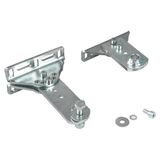






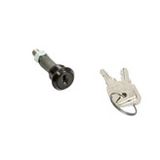


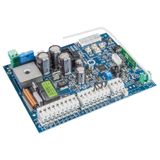




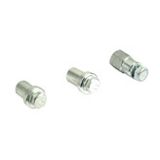

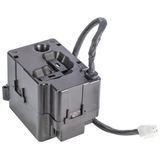
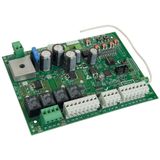
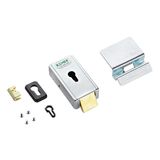

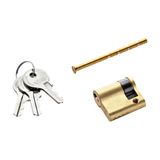


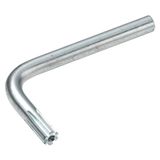
Maintenance crews want field kits that actually solve problems: pressure holds that don’t drift, fans that start cleanly under EMC, gates that pass force tests on the first try. Below is a practical map of Vimar parts typically bundled around small motors and plant I/O—what they do, how they’re wired, and how to stock them so swaps don’t disturb tuning.
vimar accessories for ventilators and pumps inventory that matches real routes
For fan and pump skids you’ll stock pressure transducers (0–10 bar, 0–10 V/4–20 mA), DP sensors for filters, hydrostatic and ultrasonic level probes, float switches, relay manifolds, fused isolators, shield clamps, and surge protection. Terminal windows usually take 0.5…4 mm² Cu; strip 8–12 mm; tighten 0.6–1.2 Nm as labelled. Field teams tag vimar accessories for ventilators and pumps by thread (G¼, G½), signal type, and range so night-shift replacements don’t shift setpoints or PI gains.
vimar gate operator accessories safety loops and commissioning parts
Safety edges (8k2 monitored), photocells, beacon/horn modules, encoder leads (A/B/Z), and padlockable isolators round out gate kits. Add guards for exposed photobeams, cable glands sized to jacket Ø, and test plugs for force measurements. Installers catalogue vimar gate operator accessories by torque class and I/O count so the same harness and legend set repeat across entrances.
vimar control accessories for pumps closed-loop plumbing done tidy
Pressure and level loops need dual-PID capable inputs, sleeved sensors, non-return valve status, and check-valve interlocks. Include dry-run detection via PF change or low-pressure timeout, soft-fill ramps to avoid water hammer, and relay boards with diagnostic LEDs. Spares lists for vimar control accessories for pumps carry sensor ranges, output types, and kW labels so swaps keep the same tuning window.
vimar ventilation control units start methods, PI, and EMC in one place
Fan boards typically combine DOL/soft-start contactors, VFD HOA selectors, 0–10 V PI control for static pressure, trip feedback, and fire-mode bypass where the spec demands. Publish C2/C3 input filters, input chokes, and dV/dt filters when cable runs exceed 30–50 m to protect motor insulation. Teams standardize vimar ventilation control units so ramp times, filter classes, and 360° shield clamps repeat across plant rooms.
vimar automation accessories interface pieces that save commissioning hours
I/O expanders, analog cards, KNX/DALI bridges, panel buzzers, pilot lights, DIN PSUs, and label kits keep logic and documentation uniform. Use divider plates for SELV/mains segregation, and specify 24 V DC coil voltages to simplify spares. Crews keep vimar automation accessories in riser kits so AHU signals, pump alarms, and gate status land on supervisors the same way from floor to floor.
vimar hvac control components parts that survive plant rooms
Choose IP54/IP65 enclosures, stainless fixings, and ≥4 kV surge immunity where roof fans and scrubbers live. Temperature range −20…+50 °C typical; gaskets and compression glands keep ingress ratings honest. Where harmonic noise is expected, screened pairs with 360° braids at gland plates are mandatory. Spec sheets for vimar hvac control components should list cable types, screen termination, and maximum lead lengths so acceptance tests are unambiguous.
vimar pump control equipment rotation, sleep/wake, and protection
Duty/assist frames rotate 2–4 pumps by hours, sleep when demand falls, and wake cleanly without overshoot. Interlock check valves, log starts per hour, and trend PF to flag impending dry-run. Provide manual bypasses and mechanical overrides for service. Schedules that call up vimar pump control equipment normally state VFD duty at 30–60 Hz, enclosure IP/IK, and the contactor curve coordination with upstream MCB/RCBOs.
Technical specifications and standards that matter
Power 230/400 V AC; terminals 0.5…4 mm² Cu; strip 8–12 mm; torque 0.6–1.2 Nm on DIN gear. Analog I/O 0–10 V and 4–20 mA with PI/PID available on selected modules. Drives and starters per IEC 61800-5-1/IEC 60947; machinery wiring to IEC 60204-1; enclosures ingress to IEC 60529. EMC practice: C2/C3 filters, input chokes, single-point bonding for shields, and 360° clamps at gland plates. For long VFD leads, apply dV/dt filtering and respect manufacturer dU/dt limits.
Applications and compatibility
• Fans: pressure-held supply/return, filter DP alarms, frost protection, smoke/fire interlocks with fire-mode bypass where required.
• Water rooms: soft-fill, duty/assist rotation, dry-run/dP checks, non-return valve monitoring.
• Gates: monitored edges, photocells, beacon/traffic outputs, encoder feedback, thermal trips and stall timers.
All parts align with Vimar DIN gear and device platforms, so terminal sizes, labeling, and mounting geometry remain consistent across rooms and risers.
Selection criteria for B2B buyers
- Fix motor kW and duty first, then choose DOL/soft-start/VFD and the filter class.
- Define sensors by range and output type; publish strip lengths, torque, and shield strategy.
- Confirm enclosure IP/IK and ambient; document maximum cable lengths for analog and VFD runs.
- Lock safety chain elements (edges, photocells, E-stop) and the test script you expect at handover.
- Bundle cabinets and field kits by riser so spares, drawings, and labels stay aligned.
How Bankoflamps handles procurement for this category
You get project-specific pricing, quick quote turnaround by EAN/MPN, and real-time EU stock visibility before crews are booked. The client portal shows current lead times, shipment tracking, and downloadable price lists with validity periods for planning. Trusted clients can work on post-payment terms up to 30 days. We consolidate deliveries so panels, drives, sensors, relays, safety parts, and field boxes arrive bundled by room or riser, and an account manager cross-checks kW ranges, curve/coordination tables, enclosure IP, shield termination, torque notes, and labeling against your documents—keeping consignments ready for immediate use across France, the Baltics, Germany, Spain, Italy, Belgium, and the Netherlands.